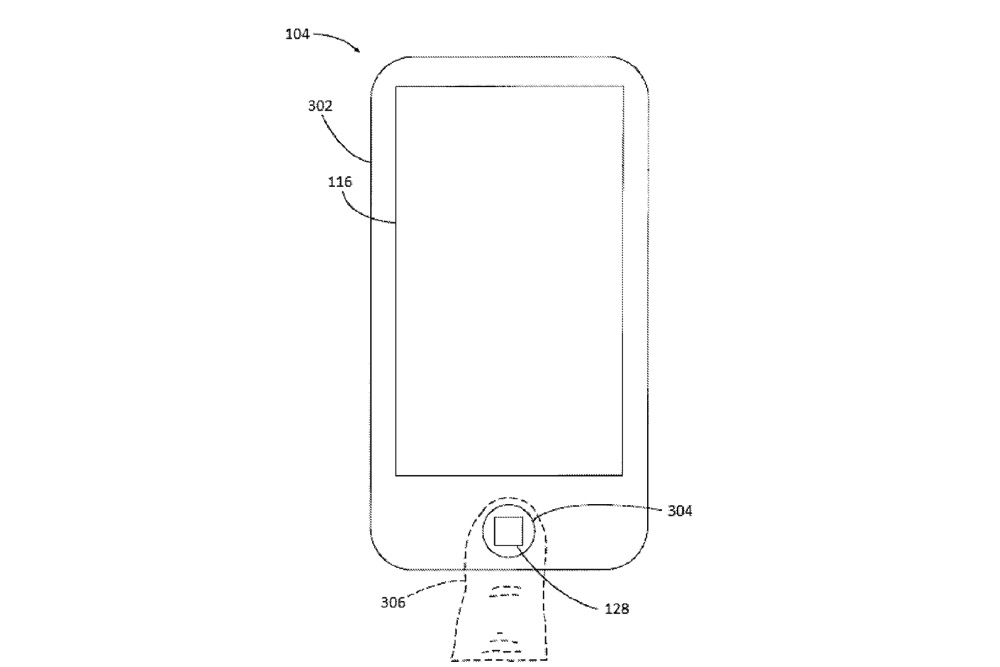
Named the “panic mode,” the patent claims a series of taps on the fingerprint sensor will send an alert to police, or lock the phone. It should be used in times of need, when the user is incapable of opening the phone, like a robbery or kidnapping.

It would give iPhone owners a way to send a distress signal, something that has been tried by third-party app developers in the past. The panic mode could be used for other things as well, like recording audio or taking a picture during the incident.
Apple even discusses other functions the Touch ID sensor could be used for outside of the panic mode, like opening an app. Gestures on the fingerprint sensor would automatically move the user from the lockscreen to a specific app or perform a specific function.
Compared to some of Apple’s patents, the panic mode doesn’t seem that complex. And the gesture library would take more time to implement, especially if Apple opened it up to third-party developers. That still doesn’t mean it will happen — Apple patents things all the time, and most of them never see the light of day.
The introduction of 3D Touch on the iPhone 6S and 6S Plus offers another way to use gestures on the iPhone. Placing more force on the lockscreen may allow the user to program different commands, though this is not mentioned in the patent.
Gestures and keyboard commands are commonplace on desktop, but have never been tried on mobile to the same extent. Apple might be looking to make commands on mobile to promote efficiency for power users.


